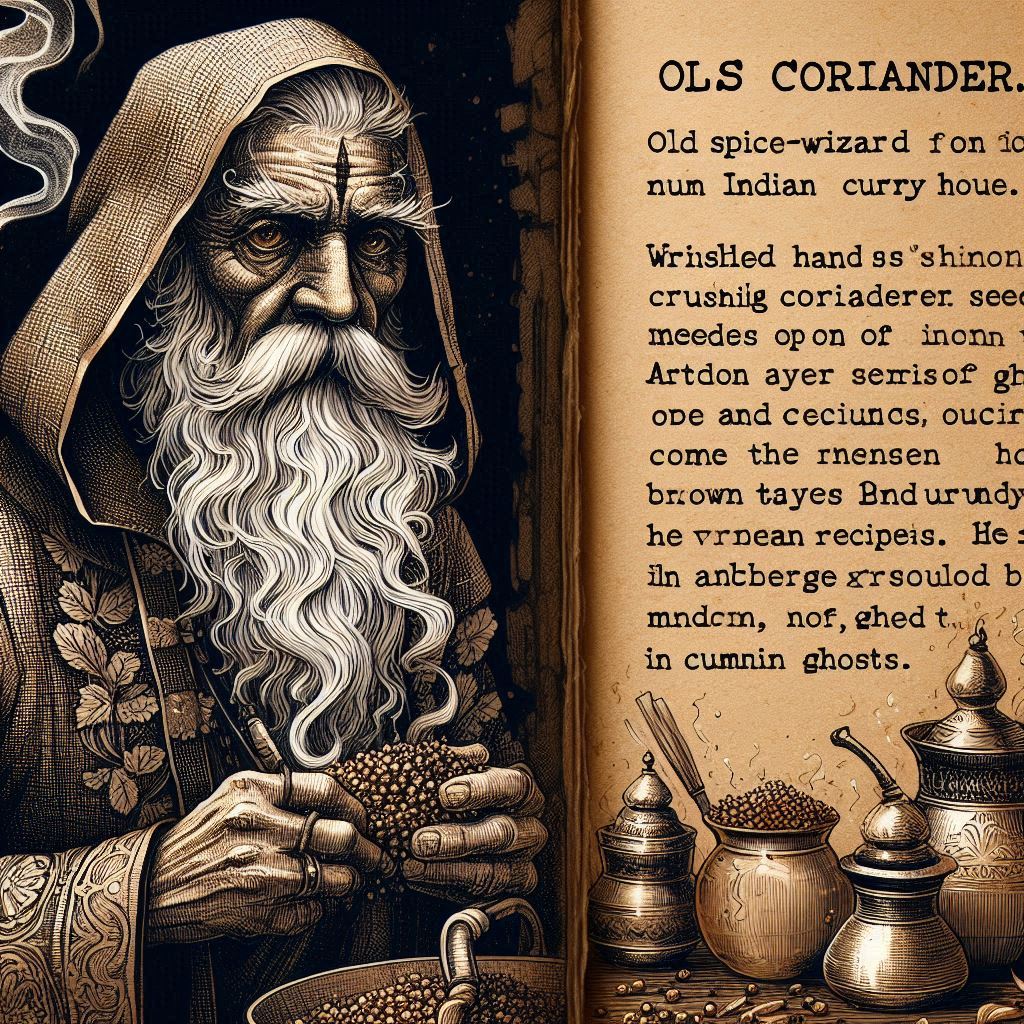Coriander: Science of Medicine

🤬 The Linalool Labyrinth
Coriander isn’t just a fragrant garnish. It’s a biochemical shape-shifter that changes form from seed to leaf, and from taste to effect. This is medicine encoded in volatility, synergy, and signal transduction.
Let’s unpack her.
1. 🥉 Seed vs Leaf: Dual Biochemical Profiles
🌿 Seed:
Linalool: A terpene alcohol with sedative, anticonvulsant, and blood sugar-lowering effects.
Geranyl acetate: Smooth muscle relaxant; aids gut motility.
Coumarins & flavonoids: Antioxidant, anti-lipidemic, modulate liver detox enzymes.
Minerals: Iron, magnesium, manganese, and a rare, gentle source of vitamin K.
🌿 Leaf (Cilantro):
Vitamin C, A, and K1: Potent antioxidant triad; supports collagen, liver, and blood.
Carotenoids: Eye and immune protection.
Chelation co-factors: Substances suspected to bind certain metals, supporting detox.
Volatile oils: High turnover — very active, very fleeting.
2. 🌡️ Blood Sugar & Insulin Mimicry
A 1999 study found coriander seed extract stimulated insulin secretion 5.7x over baseline in beta cell lines.
In diabetic rats, coriander extract restored beta cells, improved fasting glucose, triglycerides, and serum insulin.
A 2022 human study showed coriander reduced fasting glucose, LDL, triglycerides, and markers of oxidative stress.
Mechanism: via AMPK activation, enhanced glucose uptake, and pancreatic regeneration.
Coriander acts as both insulin sensitizer and secretagogue — one of the rare herbs to do both.
3. 🧐 Memory, Mood, and Neuroinflammation
Coriander essential oil improved scopolamine-induced memory loss in zebrafish and mice.
Flavonoids in both seed and leaf reduced oxidative stress in the hippocampus.
Terpenes like linalool and borneol have GABA-mimetic effects, reducing anxiety and improving sleep.
Animal models show coriander protects against seizure, neuroinflammation, and degenerative disorders.
This is a full-spectrum gut-brain herb: vagus modulation, cortisol dampening, cognitive protection.
4. 🦠 Liver & Detox Enzymes
Coriander stimulates bile production and liver phase I & II detox enzymes, including glutathione-S-transferase (GST).
The seed’s oils support microsomal oxidation, breaking down lipid-soluble toxins.
Cilantro (leaf) contains natural chelation support via polyphenols and flavonoids.
This is not a hammer chelator. It’s a whispering herb that assists the body’s existing detox gears.
5. 🪜 Microbiome Interactions
Coriander oils inhibit Salmonella, E. coli, and gas-forming gut pathogens.
Acts as a prebiotic modulator: helping stabilize microbial populations after dysbiosis.
Stimulates bile acid flow, helping reshape gut microbial terrain.
Digestive calm + microbial diplomacy = coriander’s real genius.
The “Muddy Middle” — and Real Life
🌱 The Science Verdict
Coriander doesn’t push a single system. It nudges many, gently, simultaneously:
Blood sugar
Memory
Anxiety
Detox
Gut
Not a superfood. Not a hack. A multi-lane herb with cross-domain reach.
In a world of isolated vitamins and silver bullets, coriander is a web. A whisper network of phytochemical intelligence.
Coming next: folklore, geography, and the cognitive spectrum…
Dr. Deepak B, still poking around the mitochondria with a stick and a grin.
